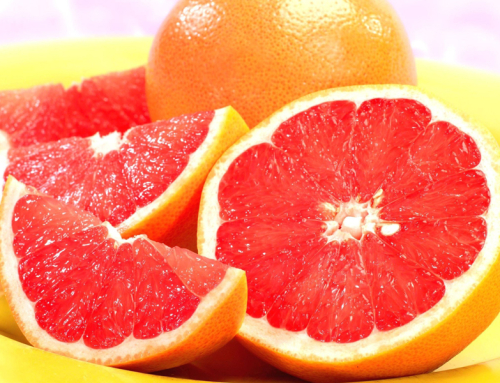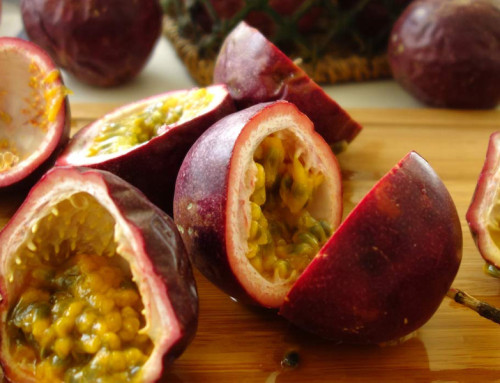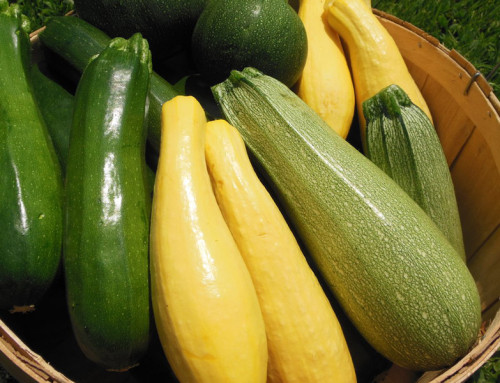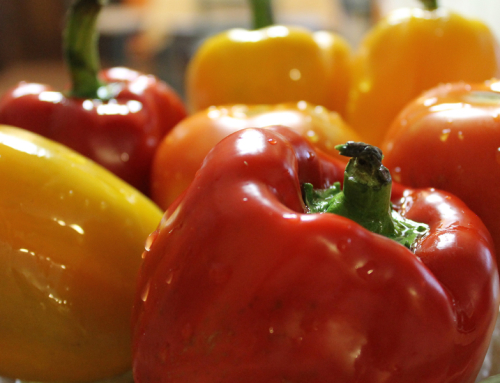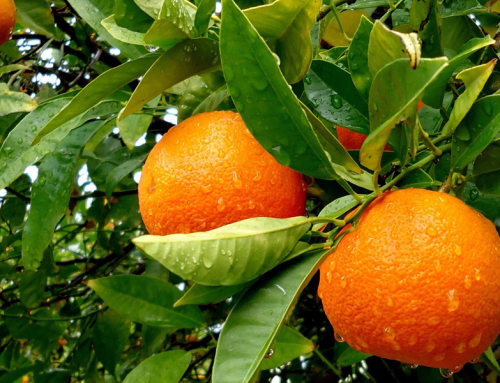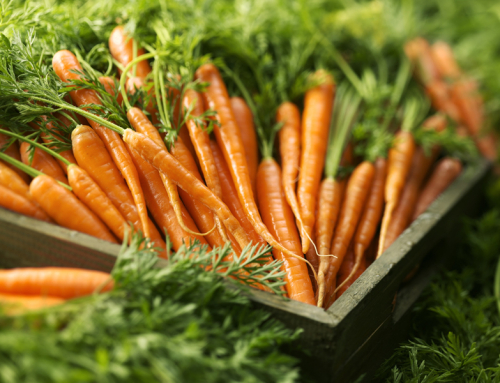- Grapes, seedless, raw (10 grapes, approx. 50 g) – 36 calories
- Grapes, 1 cup (approx. 160 g) – 114 calories
- Grape juice, canned/bottled, 1 cup (approx. 253 g) – 154 calories
- Grape juice, frozen concentrate, sweetened, vitamin C, undiluted 6 fl oz (approx. 216 g) – 387 calories
For dehydrated grapes, also known as raisins, the drying process increases the sugar concentration by decreasing the water content, but the calories actually remain the same per individual raisin versus an individual grape.
Grapes
- Grapes are rich in potassium, a heart-healthy electrolyte known to reduce heart rate and blood pressure by counterbalancing sodium. This helps to prevent stroke, coronary heart disease (CHD), and peripheral vascular diseases.
- Grapes are naturally high in minerals such as calcium, iron, manganese, magnesium copper, fluoride, boron and zinc. Copper and manganese are essential co-factors of superoxide dismutase, an antioxidant enzyme.
- Grapes are one of the richest sources of the important trace mineral, boron, that is necessary for bone health along with calcium.
- Grapes contain vitamins A and C and are a good source of some B-complex vitamins such as thiamin, pyridoxine, riboflavin, and pantothenic acid.
- Grapes contain high levels of caffeic acid and caftaric acid which act as carcinogenic inhibitors.
- Grapes are rich in phytonutrients and 3% plant protein.
- Grapes are high in antioxidants and anti-inflammatory compounds such as resveratrol and anthocyanins, particularly the red, purple and black varieties.
- Grapes are very high in anthocyanins, another class of polyphenolic anti-oxidants, especially the red and purple varieties. These antioxidants have anti-inflammatory, anti-microbial, anti-allergic, and anti-cancer properties.
- Grapes contain abundant flavonoid compounds such as tartaric acid, tannins, and catechins. Along with fiber and inulin (a dietary polysaccharide fiber known as a fructan), flavonoids aid in bowel function by providing a laxative effect.
- Grapes are a good source of both soluble and insoluble fiber. Fiber helps weight loss and lowers cholesterol in the blood; reducing the risk of colon and breast cancer; and aids in reducing constipation episodes by decreasing food’s transit time through the colon.
- Grapes provide salicylates that have an anticlotting effect and can protect against heart disease, However, salicylates can cause adverse reactions in aspirin-sensitive people and may trigger asthma, eczema, sinusitis, or stomach aches.
Seedless Raisins
- Raisins are a dense source of energy, vitamins, minerals, and poly-phenol antioxidants and contain several times more fiber, and than the same weight in fresh grapes
- Raisins contain less water-soluble vitamin C, folic acid, carotenes, lutein and xanthins than fresh grapes do due to their dryness.
- A 100 gram serving of raisins provides 10% of the required daily level of dietary fiber.
- A 100 gram serving of raisins provides 23% of the recommended daily requirement for iron.
- The antioxidant strength, or ORAC value, of 100 g of Raisins is 3037 µmol Trolex Equivalents (TE). Fresh grapes measure out at 1118 µmol TE per 100 g.
Green, White and Yellow Grapes
White grapes are actually lighter colored green grapes and vary from light green to mild green White Concords fall into this group. Some medical experts think that white grapes are especially helpful for digestion.
- Green grapes have fewer oxalates.
- Green grapes have only a small amount of resveratrol.
- Green grapes do not have the anthocyanins that are found in red grapes, so their total phenolic content is low.
- Green grapes have a higher amount of the polyphenolic antioxidant, flavan-3-ols, however.
- These flavonoids are absent in green grapes: syringetin, syringetin 3-O-galactoside, laricitrin and laricitrin 3-O-galactoside.
- Green grapes have been used as detoxifiers in many diets.
Pink and Red Grapes
Red grapes have more nutritive value than green grapes.
- Red grapes absorb more light and can be directly connected to the photosynthesis rate. A young grape is white with a tint of green, but as it grows and takes in sunlight, it becomes darker in color, and adding nutrients.
- Red grapes contain anthocyanins, a powerful polyphenol flavonoid and antioxidant, which is absent in green and white grapes. Anthocyanins gives red grapes their characteristic red color and a higher phenolic concentration than green grapes.
- Red grapes contain the following flavonoids: syringetin, syringetin 3-O-galactoside, laricitrin and laricitrin 3-O-galactoside. These are all absent in green grapes.
- Red grapes have a higher level of oxalates than green grapes.
- The flavonol, myricetin, is found only in red grapes.
- Red grapes have high amounts of beta carotene.
Blue and Purple Grapes
The most common purple variety, the Concord, is used in commercial juices and home vineyards. It has a high level of oxalates, that have been identified as a culprit in the formation of gallstones. Purple grape juice reduces the stickiness of blood platelets, and is a factor in heart health.
Black Grapes
The black grape is considered to be the most nutritional with most health professionals and nutritionists recommending black grapes over all other colors.
- Black grapes have more antioxidants than red grapes.
- Black grapes contain more polyphenols.
- Black grapes are sweeter than red grapes.
- Black Muscadine grapes have the highest resveratrol of all varieties.
- Black grapes have the highest concentration of oxalates.
Eat Your Grape Seeds!
While the Thompson Seedless is the most well known and loved, the seeded grapes are more important nutritionally. In spite of how crunchy a grape seed may be, as well as sometimes a bit bitter, they should not be removed or spit out, but chewed and swallowed for maximum health benefits.
Grape seeds contain essential fatty acids and vitamin E which protect your skin, blood vessel and nerve cells from free radical attacks. They also supply the body with antioxidants that are vital for apoptosis of cells. Apoptosis is the ability of a cell to destroy itself when it recognizes that there is something wrong with itself. Commercial grape seed extract is a natural by product of the grape juice industry and a more concentrated form of these antioxidents and accentuates this ability of cancer cells to recognize an error within them.
Please don’t peel your grapes!
Some people actually peel grapes, but there is no need to do this and a significant health benefit is lost by doing so. The skin is meant to be eaten with the grape. Washing your grapes before eating is always a good idea to clean potential pesticide residue off but buying organic grapes solves that issue completely. Organic grapes still need to be washed to get dust off, but eat the skin because a lot of nutrients are in the skin that are not in the actual flesh of the grape, and here’s why: Resveratrol.
The skin of the dark-skinned grapes, such as purple and black, contain significantly high concentrations of the phytochemical resveratrol, which is a natural anti-pathogenic polyphenol antioxidant. Muscadine grapes like Black Beauty have the highest resveratrol of all varieties and you can get the maximum benefit by drinking muscadine red wine because it provides 40 mg of resveratrol per liter which is 8 times more than non-muscadine wine. The fermentation process helps release the compound from the skin and seeds, which multiplies the bioavailability by several hunderd times.
It has been said that drinking 1 to 2 glasses of muscadine red wine daily is strongly recommended if you have a high risk for heart disease, breast cancer or diabetes, but please ask your doctor before going off the wagon and into a drunken stupor. If you have impaired liver function or cannot drink alcohol, you can drink red grape juice instead as it contains much more of the compound than the fresh fruit does. Juice your own grapes and seeds, though, to avoid added sugar and extra water from manufacturers.
Here is why you should give dark grapes a major spot in your diet.
- Resveratrol is a powerful bactericide and fungicide with anti-inflammatory properties. Both ingesting and using it topically can lower the risk of pathogenic viral/ fungal infections and inflammation that can be related to coronary heart disease, degenerative nerve disease, Alzheimer’s disease.
- Resveratrol appears to have life extension properties and has been used in anti-aging cosmetics.
- Resveratrol has shown to be effective in treating skin and gastrointestinal cancers and has suppressed tumors in lung, breast, melanoma, colon, prostate and pancreatic cancers as well as in leukemia.
- Resveratrol reduces stroke risk by reducing susceptibility of blood vessel damage by inhibiting angiotensin, a systemic blood vessel constriction hormone, and increases production of nitric oxide, a beneficial vasodilator.compound. These two things work together to significantly reduce your blood pressure while increasing your blood flow.
- Resveratrol modulates fat metabolism and reduces LDL cholesterol and platelet aggregation.
- Resveratrol activates the SIRT 1 gene which increases insulin secretion and sensitivity for better blood sugar control.
- Resveratrol activates the SIRT 1 gene which increases insulin secretion and sensitivity for better blood sugar control.
- Resveratrol is suspected to be the reason behind what is known as the “French Paradox”. Even though the French consume a high fat diet, they seem to have a lower incidence of heart disease. The belief is that this is due to their regular consumption of red wine.
To get an idea of the importance of grapes, the following statistics have been found: 75,866 square kilometers of the world is dedicated to growing grapes. Approximately 71% of world grape production is used for wine, 27% is for the fresh fruit market, and 2% of the total harvest is used as dried fruit (raisins).
The variations in grape colors indicate different types and quantities of phyto-antioxidants within the skin. Grapes can be white, blue, yellow, red, pink, white or black, but in terms of nutrition value all grapes have the same percentage of carbohydrates, fats, sugars, fiber and protein. They only vary in nutrients that are related to the pigmentation of the skin. As the color becomes darker, the presence of antioxidants also increases.


